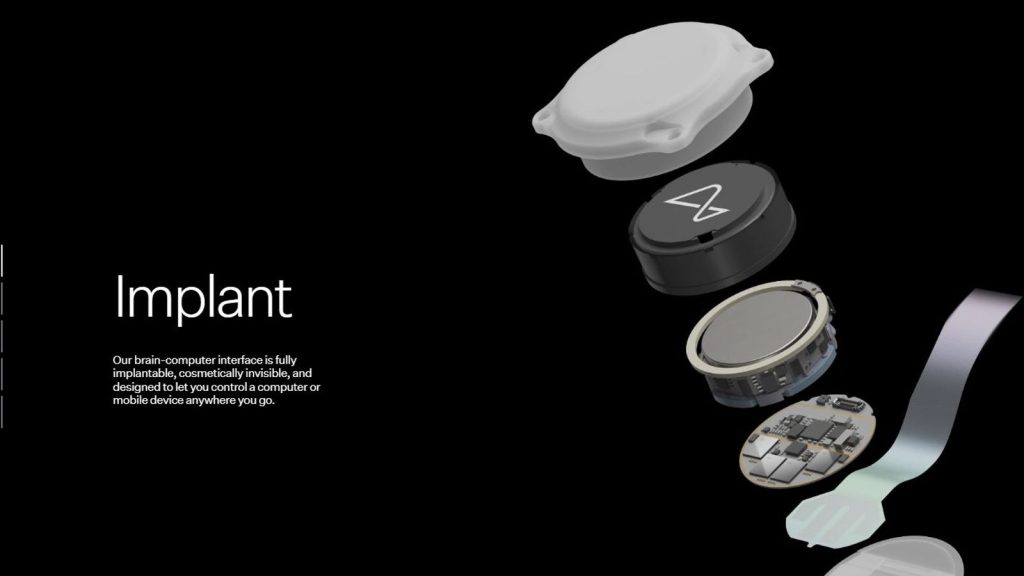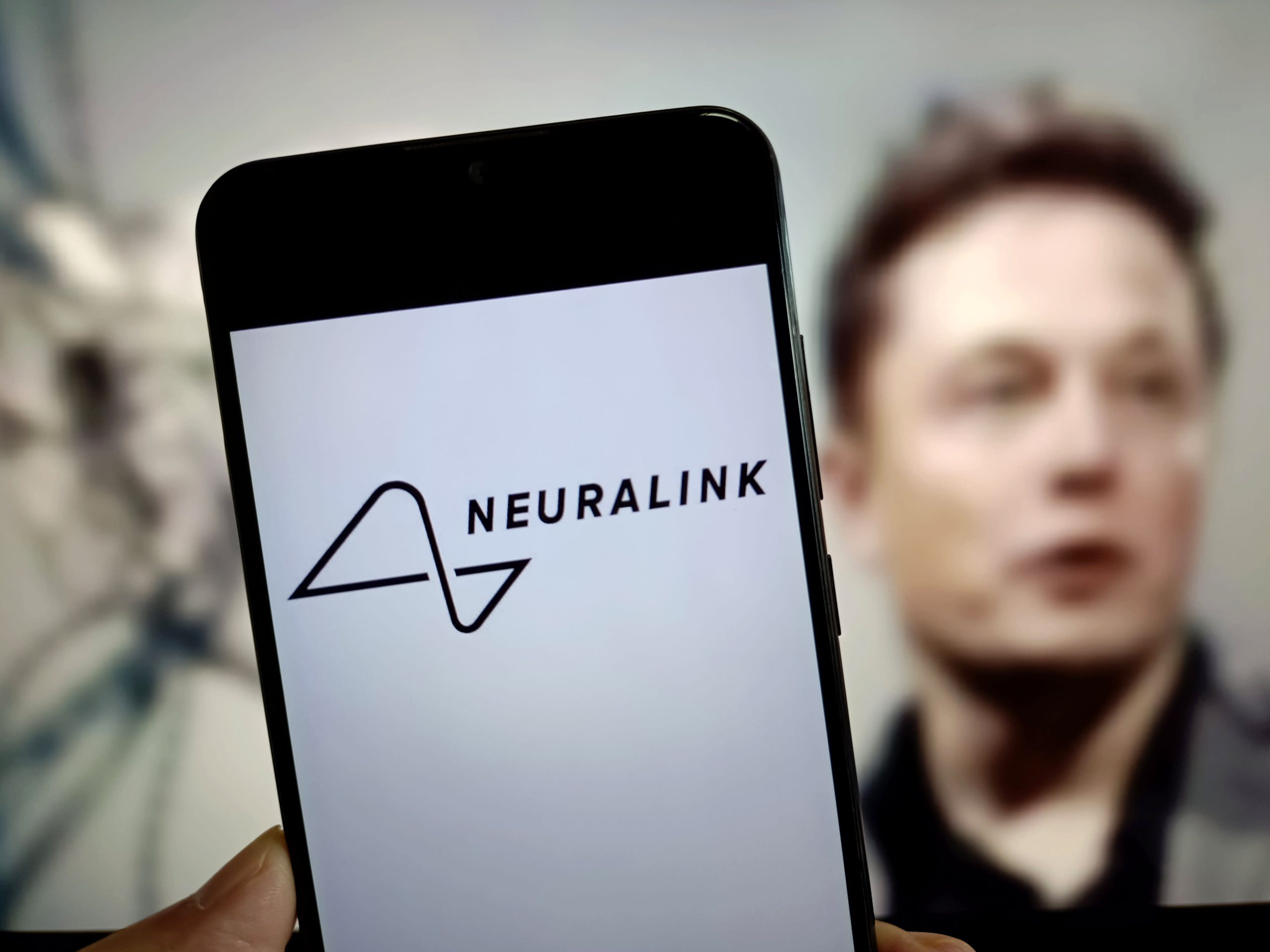In January, 29-year-old Noland Arbaugh, who was paralyzed below the shoulder following a driving accident, received an implant from the Elon Musk’s company Neuralink.
Elon Musk’s company Neuralink has introduced the first individual to receive its brain chip, demonstrating the technology’s capabilities in an online chess game.
In a detailed nine-minute video, Neuralink presents the patient, paralyzed below his shoulders, skillfully maneuvering a laptop cursor using only his thoughts. The footage captures him actively playing chess and even managing the laptop’s music features.
In the live stream video, the previously unidentified patient revealed his name as Noland Arbaugh, a 29-year-old who was paralyzed below the shoulder following a driving accident.
In January, Mr. Arbaugh received an implant from Neuralink, enabling him to control a computer mouse solely with his thoughts, as stated by Musk last month.
Musk has articulated that the ultimate goal of the brain chip is to empower individuals with disabilities, such as the late Stephen Hawking, to communicate at speeds surpassing that of an auctioneer.
He has also claimed it would be able to potentially treat obesity, autism, depression and schizophrenia.
“The surgery was super easy,” Mr Arbaugh said in the video streamed on Musk’s social media platform X, referring to the implant procedure.
“I literally was released from the hospital a day later. I have no cognitive impairments.”
He said he had “basically given up playing” the game Civilization VI, but “you all [Neuralink] gave me the ability to do that again and I played for eight hours that day.”

‘It has already changed my life’
But Mr Arbaugh said the new technology is “not perfect” and they “have run into some issues”.
“I don’t want people to think that this is the end of the journey, there’s still a lot of work to be done, but it has already changed my life,” he added.
In the Neuralink video, Mr. Arbaugh discusses his training with the device following its implantation in January. He described how he initially focused on the thought of moving his hand, and over time, maneuvering the computer cursor became an intuitive action for him.
“It just became intuitive to me to start imagining the cursor moving. It was like using The Force on the cursor, and I could get it to move wherever I wanted,” he said, using a Star Wars reference.
“Every day it seems like we’re learning new stuff,” he said.
